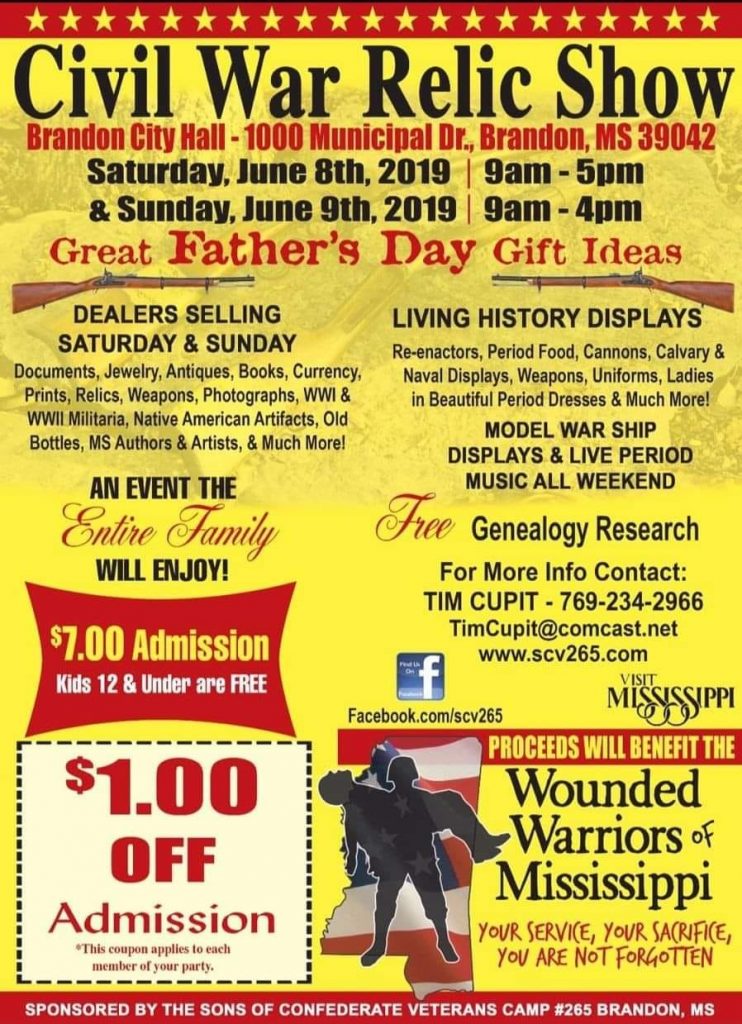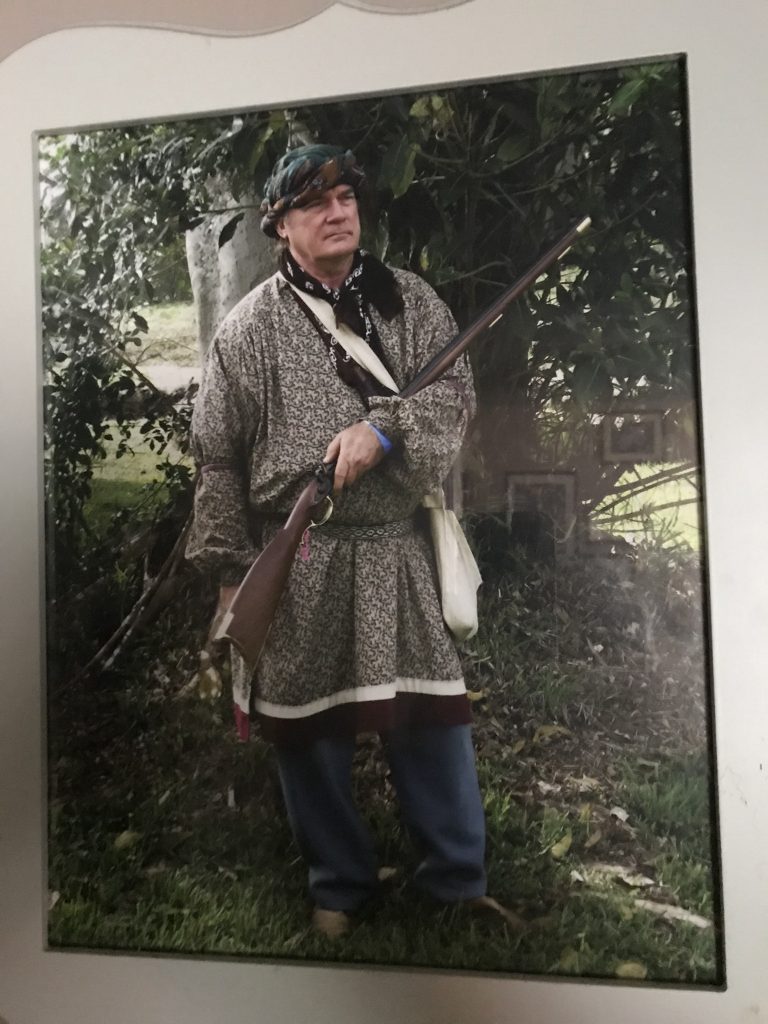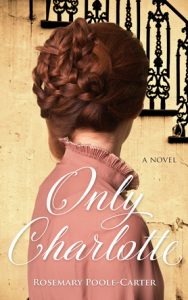- We live in an age when the importance of American History is not emphasized and is undervalued and even rewritten to accommodate political or social agendas. We who are part of Living History want to retain the true history and instruct the public and help future generations avoid the pursuit of ignorance.
- There are more resources available through vendors and craftsmen than ever before to ensure the accuracy of presentation and the retention of skills and crafts that will likely be lost forever unless learned and passed on.
- Reenacting is a healthy, sensory experience! One is outside, away from the technology that dominates the minds and time of our present generation. Marching, participating in battles, camp construction, and cooking provide excellent opportunities for the exercise of mind and body.
- One could travel across the nation every week for Living History events such as the Civil War, Revolutionary War, WWII, Indian Wars, Mountain Man Rendezvous, Cowboy and Pioneer events. Whatever one’s historical interest may be, you can find what you’re looking for at festivals and museums. I myself do Living History for Texas History, selected Civil War events, and the Seminole wars.
- Living History events are family friendly and all in the family can participate. There is a chance for your children to learn survival, cooking, hunting, and firearm skills, and a chance for young girls to learn those same skills but also vanishing crafts of quilting, weaving, knitting, etc.
- Begin by visiting museums, battlefields, doing online searches (keywords: Civil War events, historical sutlers, relic shows, etc.) and talking with reenactors. So many of them are walking encyclopedias of historical facts and insights and they love to explain their costumes and items.
Here is an event I’ll be attending in June. If you are in driving distance, I’d love to meet you and talk with you. This will be a great show!

Here’s my Seminole War costume!



